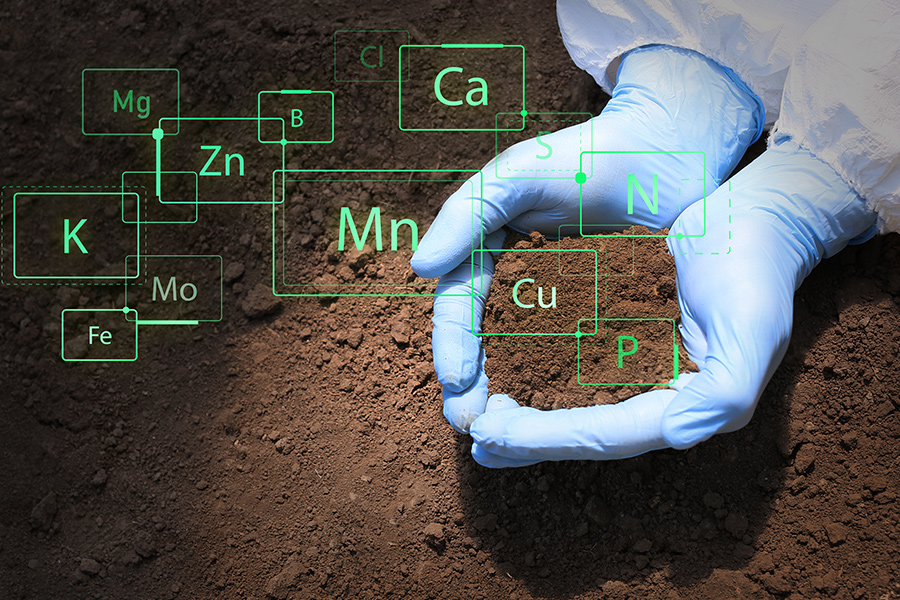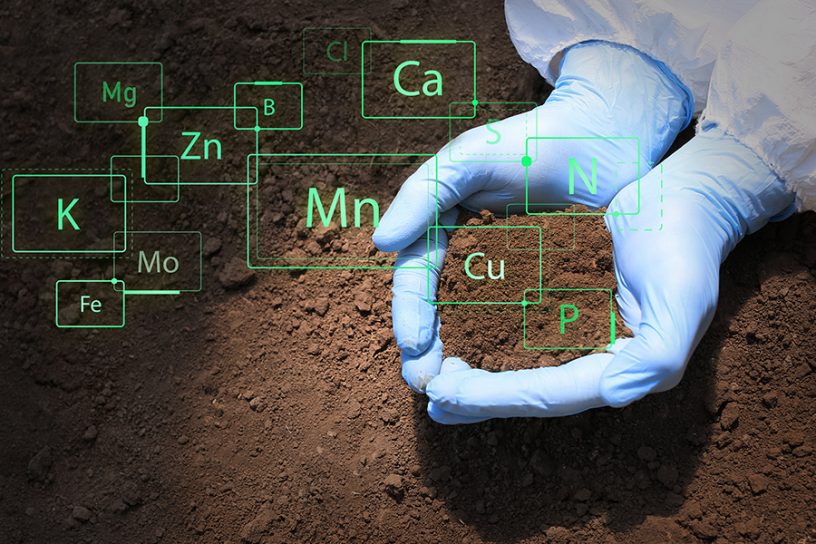
Mining activity and industrial waste disposals have a major role in soil contamination with “considerably high” or “very high” potential impact on ecosystem, finds the study.
Authors
Abhiroop Chowdhury, Associate Professor, Jindal School of Environment & Sustainability, O.P. Jindal Global University, Sonipat, Haryana, India.
Aliya Naz, Department of Environmental Science and Engineering, Indian Institute of Technology, (Indian School of Mines) Dhanbad, Jharkhand, India.
Diksha Sharma, Department of Chemistry, Manipal University Jaipur, Dehmi Kalan, Jaipur-Ajmer Express Way, Jaipur, Rajasthan, India.
Summary
Industrialization has been propelling human race to the epitome of success. But, pollution is also a looming truth that is a major concern to human health, ecosystem, and overall existence of humans at large.
Heavy metal contamination is a subject of concern for the geochemists and environmentalists alike, as they are difficult to degrade and have potential to be biomagnified in the food chain, shows toxicity in cellular metabolism, and eventually impacts human health.
Water pollution has been the major thrust area of research for environmental geochemists until the recent reported cases of soil contamination across the globe.
But, unlike water, soil is a heterogenous medium with no reported permissible levels of metals and hence understanding the impact of pollution in soil has always baffled academicians and policy-makers alike.
In this chapter, different cases of heavy metal contamination in edaphic phase have been addressed using Ecological Risk Index-based empirical modeling.
The geochemistry of Arsenic, Cadmium, Chromium, Copper, Lead, Nickel, and Zinc has been discussed with special emphasis on its impact on biosphere. It is concluded that mining activity and industrial waste disposals have the major role in soil contamination with “considerably high” or “very high” potential impact on ecosystem.
Published in: In Inamuddin, Ahamed M.I., Boddula R., Altalhi T.A. (eds) Geochemistry: Concepts and Applications, 7, (pp.73-91), Boston: Scrivener Publishing.
To read the full article, please click here.


